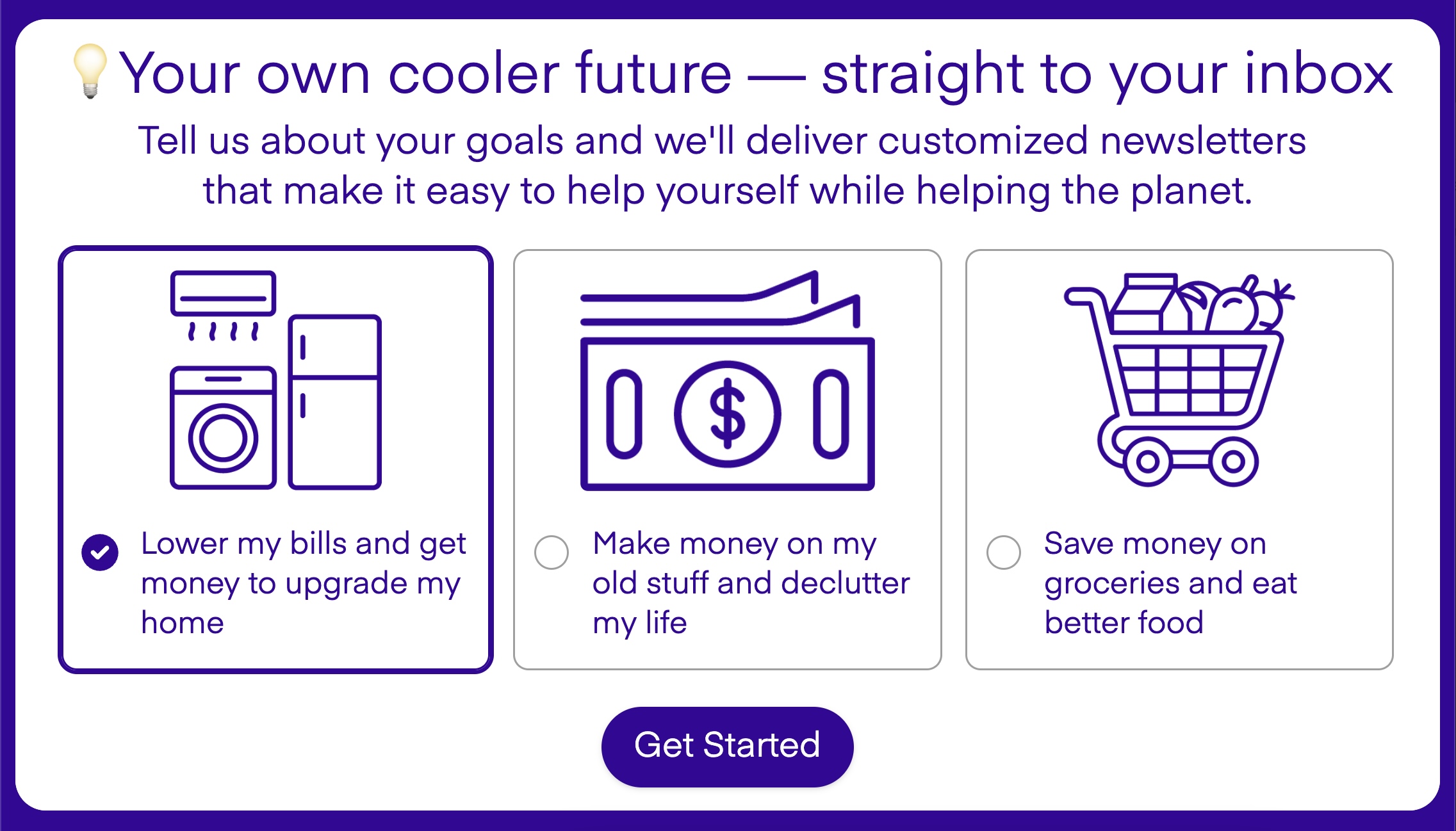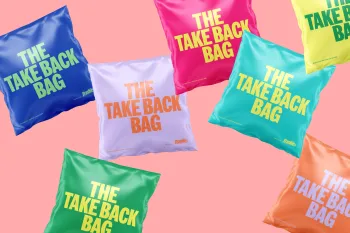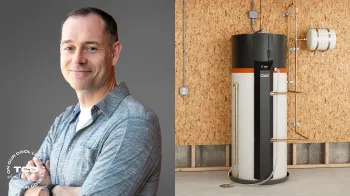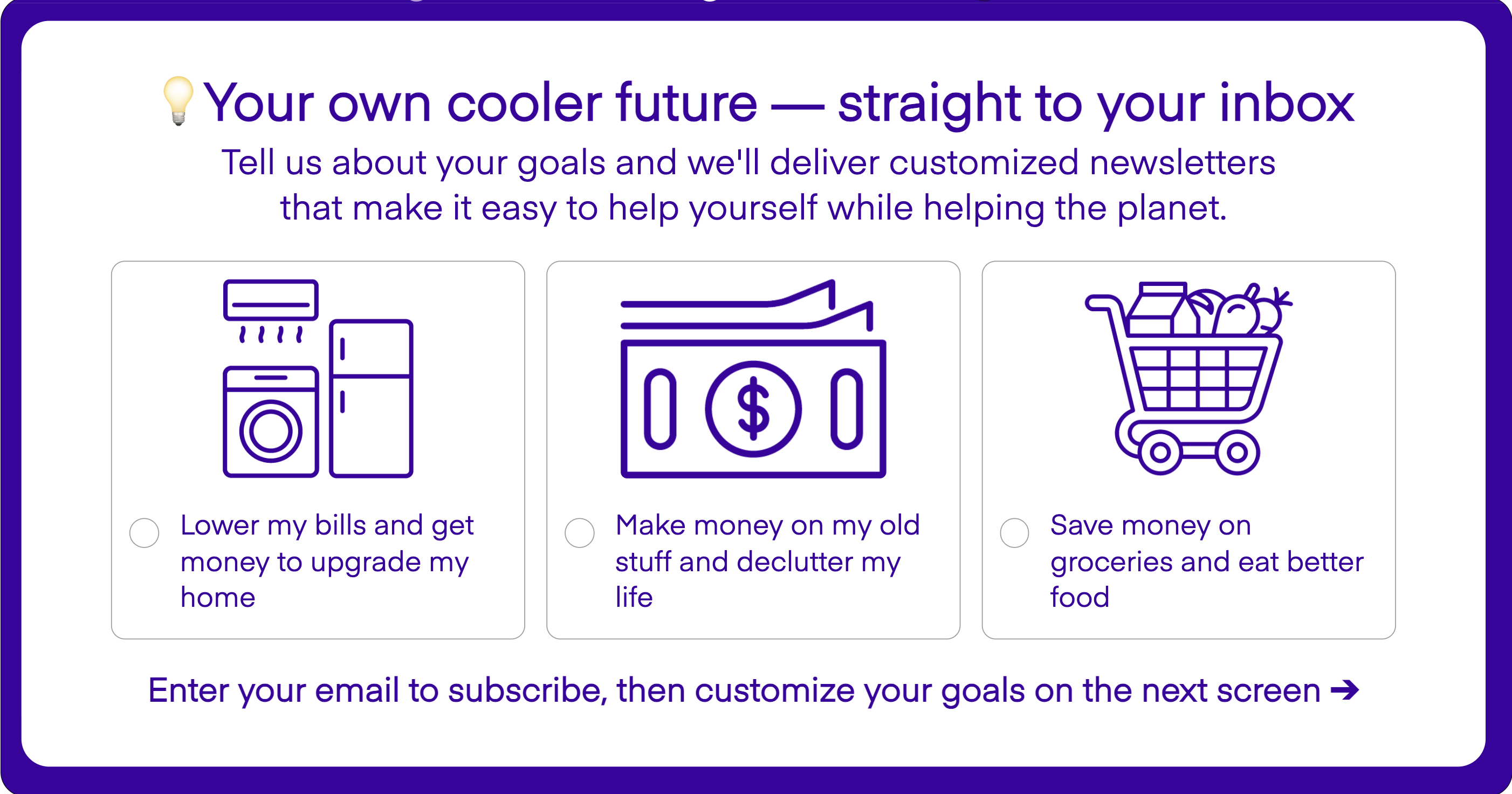Half an Olympic-size swimming pool's worth of nuclear waste is…not as bad as it sounds.
That's according to North Carolina State University associate professor Robert B. Hayes, who poked holes in misconceptions about spent nuclear fuel on TikTok after being asked how much radioactive waste is produced each year.
@nuclearsciencelover #onthisday #nuclear #waste #spentfuel #nuclearwaste #uranium ♬ original sound - I love science!
It turns out that unfounded fears can be toxic in their own right, according to Hayes, who teaches nuclear engineering.
"It's just unbelievable how we've gotten to this point, where the truth about nuclear is so fantastically opposed," Hayes said in the clip.
The swimming pool visualization is the U.S. Department of Energy's descriptor, representing more than 2,204 tons. Hayes said America doesn't make enough nuclear waste to cover a football field with 32 feet, or 10 meters, of the substance.
"It's just such a small amount of material," Hayes said in the clip.
Watch now: How bad is a gas stove for your home's indoor air quality?
The waste comes in the form of small ceramic pellets, not green ooze seeping from drums and spawning strange creatures. It's in fact the byproduct of energy generation from 54 plants that account for nearly 20% of the country's power supply — a stable, air pollution-free energy source in service for about a half century. The waste is stored at 70 sites around the country, without a leak in 55 years, according to the DOE.
If the spent fuel is recycled — the U.S. doesn't reuse it yet — more than 90% of it could still generate power, per the government fact sheet.
Nuclear energy remains a taboo subject for many Americans, likely because of the haunting wastelands left at Chernobyl and the few other meltdown sites around the world. The fallout at those locations lasts for decades.
A recent effort from Microsoft to reopen part of Three Mile Island in Pennsylvania, the site of a nuclear accident in 1979, drew activist actress Jane Fonda's ire. And physicist Amory Lovins, co-founder of Colorado energy think tank RMI, told The Cool Down that sun and wind energy is more affordable to develop for grid demand than nuclear power.
TCD Picks » Quince Spotlight

|
Which of these factors would most effectively convince you to support nuclear energy projects in your area? Click your choice to see results and speak your mind. |
But its abundance and smog-free operations are appealing. Microsoft intends to use the atomic energy source to help power electricity-gobbling data centers, according to Reuters.
Efforts are underway to reuse the waste, too. Government experts are even planning to extract nuclear matter from unused warheads for power production. That's not to mention the ongoing fusion research making progress around the world, which would feature no long-lasting atomic waste if successfully developed.
Hayes said in the clip that the right recycling strategy can provide far more nuclear power than is needed. Wide-scale use could alleviate growing risks of severe weather, among myriad environmental and health concerns from planet-warming dirty-fuel-based plants, according to NASA and other experts.
"And yet people are terrified of it," Hayes said.
To better use the electricity already coming to your home, be sure to unplug so-called energy vampires at night. These unused chargers and devices can burn more than $100 worth of power a year, representing wasted energy and unnecessary pollution.
Join our free newsletter for weekly updates on the latest innovations improving our lives and shaping our future, and don't miss this cool list of easy ways to help yourself while helping the planet.

















